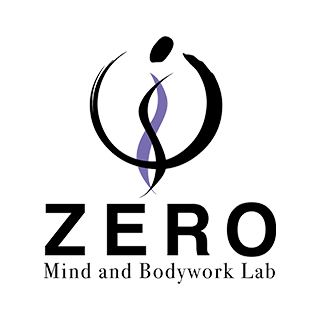Introduction
Hello, this is Hidefumi Otsuka, offering Rolfing sessions in Shibuya, Tokyo.

We are now down to the final two days of the Advanced Rolfing Training (hereafter AT), and it feels like time has flown by. On July 8, 2025 (Monday), a day without student or client sessions, we explored deeply thought-provoking content on the essence of Rolfing and the meaning of positional strategy.
In this post, I’d like to revisit the fundamental question, “What is Rolfing?” and reflect on the role of positional strategy and the underlying intention behind it.
Rolfing as an Approach to Integrate the Whole System
Rolfing is often recognized as a form of bodywork that “approaches fascia,” using manual techniques. However, its true essence goes much deeper.
Here’s a quote shared by instructors Hiroyoshi Tahata and Ray McCall:
“The real purpose of Rolfing is to support the client’s body or system so that it helps them to be on their path — a process that facilitates them being who they truly are.”
In other words, the true aim of Rolfing is to support the client’s body and system so they can align with their life path — a process that enables them to be authentically themselves.
Rolfing is not merely about alleviating symptoms. It’s an approach that seeks to bring the entire bodily system into harmony with gravity, making it possible for the person’s natural expression to emerge.
This is a system-oriented perspective, in contrast to a client-oriented one. Rather than trying to offer satisfaction by aligning with the client’s ego or logical understanding, Rolfing trusts the intelligence of the whole body — what we might call “body intelligence” — and focuses on fostering harmony from within.
What Is Positional Strategy?
In table (hands-on) work, Rolfing emphasizes “positional strategy” — in other words, how the client is positioned or shaped on the table.
The key idea is encapsulated in the following quote:
“The importance of positional strategy is: don’t just put someone on the table and hope for the best. Know what you are trying to accomplish, and make sure the position supports that.”
The essential point is to think clearly about what you are trying to achieve. You don’t just lay the client on the table and hope it works out — you clarify your goal and ensure the position supports that intention.
During the training, we explored several specific positional setups used in different sessions — such as the “Modified Z-position” or the “heel drop” — but the most critical question remains:
- Why is this position necessary?
- Does it truly support the intended outcome?
This is where intention and consistency of choice come into play.
Why Is “Position” So Important in the Advanced Series?
Compared to the traditional 10-series of Rolfing, the Advanced Series demands greater individuality and integration.
To achieve this, the practitioner must define clear intentions, such as:
- What kind of flow are we trying to create in this client’s body right now?
- What areas need more freedom, and which ones need more support?
It’s important to deeply embody the 10-session series through 3 to 5 years of practice first. From there, the learning in the Advanced Training (AT) helps refine the clarity of one’s session intentions. Positional strategy then becomes an extremely practical tool in this extended development.
For example:
- Session 2: Use a “heel drop” position to help restore the “long calcaneus (heel bone)” emphasized by Dr. Rolf.
- Session 3: By aligning joints at their natural 30-degree angles, you allow for deeper access to core muscles with minimal strain.
- Modified Z-Position: By focusing on the connection between the adductor compartment and the SOAS (psoas) attachment site, you support integration post-10-series.
Each position has a meaning — to draw out the intention of the body. These are not just techniques; they are a dialogue with the body, and ultimately, a way of building relationship.
Conclusion — Position Is an Extension of Awareness
When I first started practicing Rolfing, I was preoccupied with what to do and where to touch. But through this Advanced Training, I’ve come to realize that the real key lies in:
“What kind of state are you in, when you are there?”
The quality of a session is defined not by action alone, but by the state of being that underlies it.
In this sense, the client’s position in a session is also a reflection of the practitioner’s awareness — of their presence “in the here and now.” And that presence directly influences how the client feels in their body and breath.
That’s why the most important ongoing question becomes:
“Does this position align with the intention I’m holding right now?”
Continuously holding this inquiry is, I believe, what truly deepens our work.

